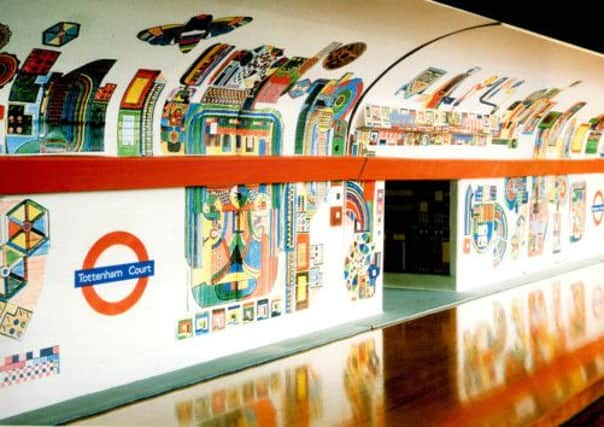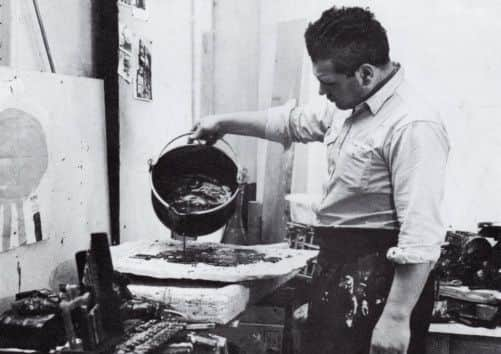Sculptor who paved the way for Pop Art


“HISTORY is more or less bunk.” Henry Ford famously opined. “We want to live in the present and the only history that is worth a tinker’s damn is the history we made today.”
The founder of the Ford Motor Company and a post-war artist might seem unlikely bedfellows, but when Eduardo Paolozzi presented BUNK! – a collection of images re-assembled as scrapbook collages in 1952 – it was seen as a breakthrough moment in the formation of Pop Art.
Advertisement
Hide AdAdvertisement
Hide AdThe title was a nod to Ford’s statement and the series featured the seminal piece I was a Rich Man’s Plaything, an affectionate collage he created in 1947 and the first recorded artwork to include the word “pop.”


Paolozzi is widely regarded as the original instigator of the Pop Art movement both in Britain and in the United States and his work is being celebrated in a new exhibition at RedHouse Originals Gallery, in Harrogate.
Eduardo Paolozzi: The Wizard in Toytown includes original collages, unique lithographs and limited edition silkscreen prints from a career that spans more than half a century. Richard McTague, co-founder of the gallery, has been a big fan of Paolozzi’s work from an early age. “I remember visiting London as a child and staring at these murals at Tottenham Court Road and thinking ‘what is this all about?’
“The fact he was so prolific and so dedicated to his craft and the fact he could turn his hand successfully to different art forms, not just collage and print-making, but sculpture, too, makes him such an important and inspiring figure,” he says.
Advertisement
Hide AdAdvertisement
Hide Ad“Pop Art was huge in the United States and over here in the late 50s and early 60s and Paolozzi captured the essence of that, but he also had a European background and you really see this collision of cultural messages in his work.”
The architect Colin St John Wilson once said of Paolozzi that of all the sculptors of the post-Henry Moore generation, he was the one “who had monumentality in his blood.” It’s a description McTague agrees with.
“He had that almost unquantifiable quality to his work, so when you’re stood in front of it, and this might sound a bit gushing, you do feel like you’re looking at something touched with greatness.”
Paolozzi has been described as an “artist’s artist” and yet for all his influence among his peers and those who followed in his footsteps, he isn’t a household name in the same way as say David Hockney, Andy Warhol or Peter Blake. “He pre-dated those artists by 10 years or so and when you look at their work you can see the similarities with Paolozzi’s.”
Advertisement
Hide AdAdvertisement
Hide AdMcTague believes the work hasn’t dated. “If you take I was a Rich Man’s Plaything that could have been produced by a young artist today, because it has that timeless quality – like all great art.”
• Eduardo Paolozzi: The Wizard in Toytown, RedHouse Originals Gallery, Harrogate, to May 4.